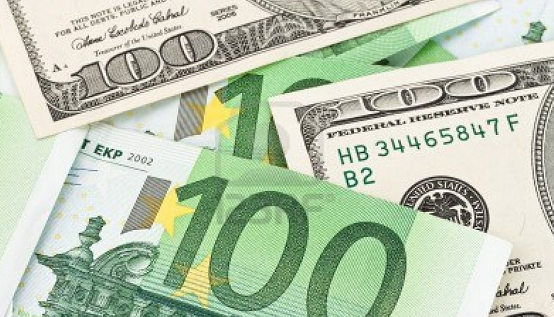The US dollar remained on the defensive early Thursday, after yesterday’s declines led by increased uncertainty over another US rate hike in 2017 and President Donald Trump’s fiscal agenda after abolishing the Manufacturing Council and Strategy and Policy Forum.
The fall out between President Trump and corporate America was the latest blow to his weakening administration. I wouldn’t be surprised to see him losing further support from his key Republican leaders as a result of his inadequate response to the deadly Charlottesville attacks. While this does not necessarily mean fiscal reforms are dead, it may slow down progress, which is bad news for both stocks and the dollar.
The minutes from the latest Fed meeting showed disagreement over the pace of raising rates. While some are concerned about the recent fall in inflation, others are worried about tightened labor conditions, which will eventually lead to higher prices and the Fed should not be behind the curve.
However, the minutes showed that there is support for starting to reduce the $4.5 billion balance sheet, which could be announced at September’s meeting. The division over the next interest rate hike shouldn’t have been a surprise, given the different opinions we heard from Fed members last week. However markets felt the minutes were somewhat dovish, leading to a pullback in the dollar and U.S. yields.
Advertisement
Unless we start seeing prices heading north, the Fed is unlikely to raise rates again this year, and the dollar will remain under pressure. That’s why investors should keep a close eye on CPI, PCE, and wages data in the months to come.
Sterling also benefited from the weaker dollar, rising above 1.29 after touching a five-week low. However, it wasn’t just a weaker dollar story as the labor market still seems in good shape despite the Brexit drama unfolding.
U.K. unemployment fell to a new 42-year low, putting the jobless rate at 4.4%. More importantly, wages grew to 2.1% from 2%, indicating that the tight labor market may have started impacting salaries. Despite real earnings remaining in negative territory, after taking into consideration the effects of inflation, this number is also improving as inflation seems to have peaked in May.
Advertisement
Today we’ll get to know whether the improvement in employment data will reflect in consumers’ spending habits. Previous data is not encouraging, with the BRC index showing discretionary spending dropping 0.7% over the three months to July.
Any surprise to the upside is likely to provide additional support to the pound. Minutes from the latest ECB meeting are also due for release and traders would like to know whether the central bank is concerned about the most recent appreciation in the Euro.
Add a comment






